Delivery
The Settlement Pollinator Trails include a variety of actions to create, restore, enhance and connect pollinator habitat. Maintenance and management considerations are provided for the following types of habitats and pollinator interventions:
- Wildflower meadows and verges;
- Planters and hanging baskets;
- Private gardens;
- Community gardens and orchards;
- Flowing and fruiting species rich hedgerows;
- Bee and butterfly banks;
- Hoverfly lagoons;
- Woodland ground flora; and
- Arable margins.
Delivery of the key projects highlighted within the pollinator trails should also align with overarching pollinator principle 5: ‘Ensure long-term management’
Management and maintenance considerations
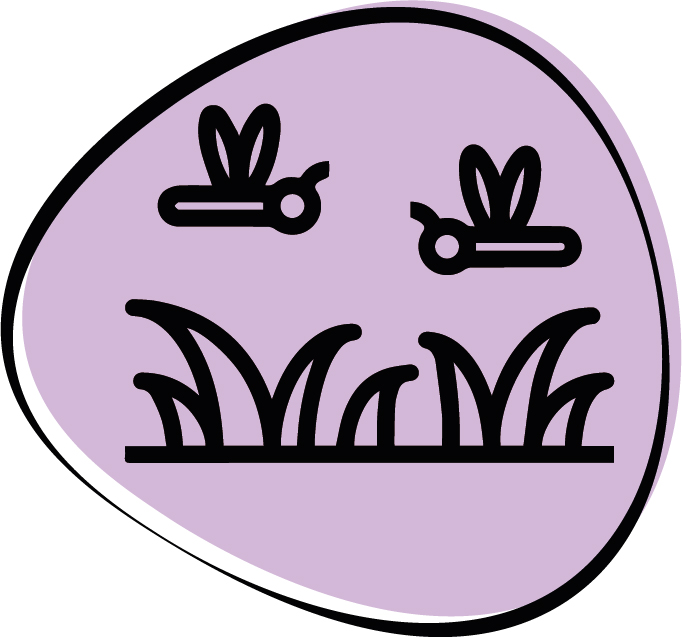
Wildflower meadows and verges
Wildflower meadows can transform built up environments and tired greenspaces of any shape or size. These habitats are suitable for: gardens; parks; community spaces; fields; or bases of hedgerows and stone walls. The colour and diversity of wildflowers add visual interest from spring through to summer.
How to create a wildflower meadow depends on whether an existing flower-rich area is being enhanced or the area is species poor. Either way planting or sowing a variety of wildflowers with differing flowering times, we can help pollinators to have a more diverse range of pollen and nectar to feed on throughout the year.
Managing meadows is key to having a spring-flowering or summer-flowering meadow. Having both will provide additional opportunities for pollinators to feed for longer. Although wildflower meadows are managed habitats, they require minimal maintenance. Dorset County Council saves around £93,000 a year by only cutting rural road verges when needed and Burnley Borough Council estimates that it saves £58,000 a year from meadow management., Monmouthshire County Council estimates that the savings made from a reduction in highway verge mowing is approximately £35,000 each year and Rotherham report they save £25,000 a year in reduced mowing fees.
When developing a wildflower area, the best guidance is always to remove all cuttings. This helps to keep soil fertility at a minimum which encourages wildflower growth. Leaving arisings adds fertility to the soil and encourages the growth of vigorous grasses which outcompete the wildflowers in the seed bank. Effective management requires one-off purchase of a cut and collect mower.
There can be a perception that wildflower meadows are overgrown or messy. Signage is important to let people know what is being done and why. For larger meadows, it’s often a good idea to mow meandering paths through them. These paths should take into account desired lines and points of interest along the way. Such paths can help encourage people to explore and enjoy the wildlife contained within.
Further guidance
- Buglife – How to Create a Community Meadow
- Buglife – Managing Transport Corridors For Pollinators
- Magnificent Meadows – How to Make a Meadow with Native Wildflowers
- Plantlife – Meadow Hub
- Dorset Council – Verge Cutting Information and Maintenance Standards in Dorset

Planters and hanging baskets
Many areas in the public realm are already planted with ornamental species. Selecting more diverse native or climate resilient plants instead does not provide any additional management upkeep but greatly increases the biodiversity value. Purchasing planters or hanging baskets or creating flower beds may provide an upfront cost but this will be balanced by more attractive places – encouraging longer visits, better experiences, and enhanced spending.
When planting hedgerows, trees and shrubs it’s important to choose native species, ideally flowering species of benefit to pollinators.
Maintenance of baskets and planters can add to the cost, although these can often be sponsored and cared for by businesses and community groups in partnership with the council. They require regular watering directly into the soil rather than over the plants/flowers themselves, even if it rains, roughly once a week, this will be increased in summer months. In some case using plant feed will be required.
There are many flowers that can be planted which are self-cleansing and will not require dead-heading, this is the best option to save on extra maintenance costs.
Further guidance
- Swansea County Council – Hanging basket care

Private gardens
Starting a pollinator garden doesn’t require a lot of space. A couple of acres or just a balcony garden, can provide important stepping stone habitat for pollinators and other insects. A part of the garden should be left less intensively cultivated and more informal, to provide suitable nesting sites.
Most bedding plants (i.e. as sold in polystyrene strips in garden centres and DIY stores), ‘double’ flowered plants, and other highly-hybridized horticultural novelties are less suitable for pollinators and should be replaced by native flowers (see ‘Species selection’).
Pesticides, herbicides or insecticides of any kind shouldn’t be used in or around the pollinator garden.
Further guidance
- Buglife – B-Friendly in your Garden
- Botanic Garden Wales – Gardening for Pollinators
- Friends of the Earth – Gardening for Bees
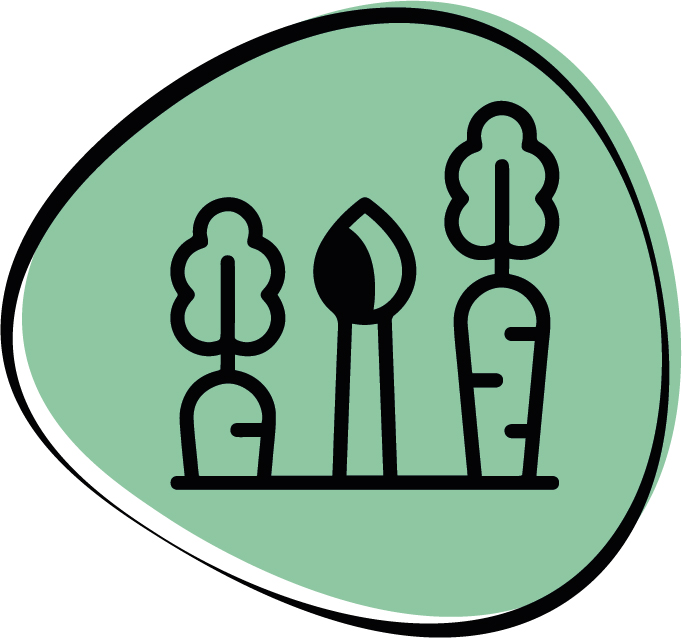
Community gardens and orchards
Community gardens can provide excellent pollinator habitat but also serve the local community for foraging opportunities and recreational usage, for example, orchards. It is beneficial to the environment, and to the health and wellbeing of the community members. It can reduce the impact of food poverty in low-income areas and allow residents greater access to nutritious food.
National Botanic Garden of Wales has produced the top 50 edible plants for pollinators. This provides a selection of fruit trees, flowering vegetables and herbs to grow for food whilst attracting pollinators. Species which could be planted include apple, pear, bramble, blackcurrant, cherry and plum.
Community gardens and edible corridors require intensive management to avoid becoming derelict and unloved. Self-organisation between community members contributes to a good long term management plan. Volunteer involvement and ensuring continuity are key elements in ensuring the success of the garden.
The community garden can offer opportunities for training volunteers and community groups in horticulture and providing them with the confidence they need to continue. There are benefits in creating a steering group of community members and local council members to facilitate regular communication in relation to the garden or corridor. Research from 12 community garden projects in Northern Ireland has provided information on how to sustain your community garden.
As community gardens are usually managed by the local community and volunteers, this eases pressure on the local council to spend money on additional maintenance. Developing and maintaining garden space is less expensive than parkland area, in part because gardens require little land and 80% of their cost in labour. Local councils can provide land holdings for the community and provide them with the tools they need to create a successful community garden.
Further guidance and case studies
- UK Government – Garden Communities Toolkit
- CLAS Wales – Community Growing Resource Pack Wales
- The Orchard Project – Useful guides
- St Dogmaels – The Peoples Orchard
- Incredible Edible Porthmadog
- St Davids – Dewis Acre / Erw Dewi Community Garden

Flowering and fruiting species rich hedgerows
Hedgerows are one of the most important habitats for wildlife in the UK and with correct management will support a range of pollinators. Blossoming hedge trees such as wild cherry, willows or outgrown field maples or crab apples can provide valuable pollinator habitat. Hedge trees can also provide an important larval habitat for pollinators. The foliage can be a food source for herbivorous butterflies and moths. Heart rot and aerial rot holes are the breeding sites for various hoverflies, and any dead limbs or dead trunks in the sun can be a breeding site for a variety of solitary bees and wasps, including the red mason bee – a pollinator of fruit trees.
Further crucial hedge habitat include hedge banks, ditches and margins. By managing hedgerows to provide these features and species we can support the habitat network across Pembrokeshire for pollinators. There is a plethora of guidance on habitat management available. This includes checking the current stock of species and adding more if needed, cutting hedges on three to four year rotations and allowing flowery hedge margins to develop.
Further guidance
- Farm Wildlife – Managing hedges for pollinators
- People’s Trust for Endangered Species – Top tips for managing hedgerows
- Hedgelink – Hedgerow management advice
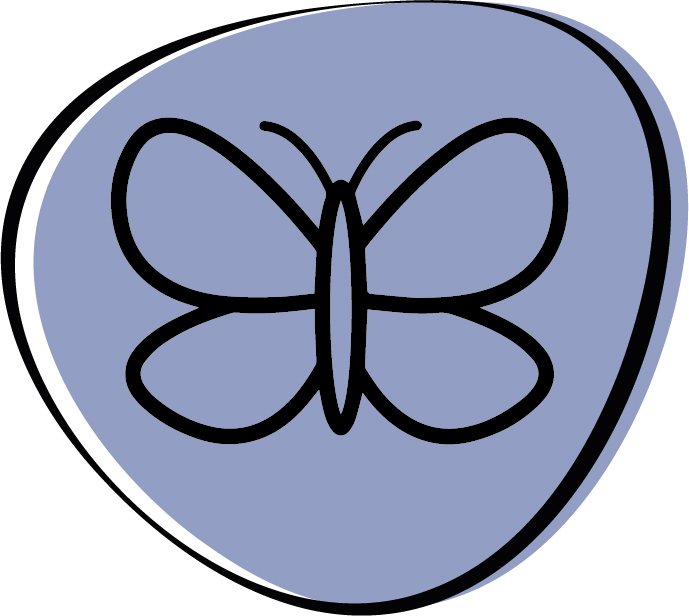
Bee and butterfly banks
In order to create a Bee and Butterfly Bank space, upfront labour and materials are required. Therefore this would suit a community project best, such as schools or local volunteers, but with support from local wildlife trusts or local councils. Once established, maintenance inputs are low and focus on ensuring vegetation doesn’t become established on it, or shades out created areas.
Management should clear back half of the bank each year in February to minimise disturbance and create varying habitats, or on a rotational basis if there are multiple banks. Planting around the edge of this habitat or adding deadwood features can also provide additional nesting habitat for other species of pollinators.
Further guidance
- National Biodiversity Data Centre Ireland – How-to-Guide: Creating wild pollinator nesting habitat
- Buglife – How to create a Bee Bank
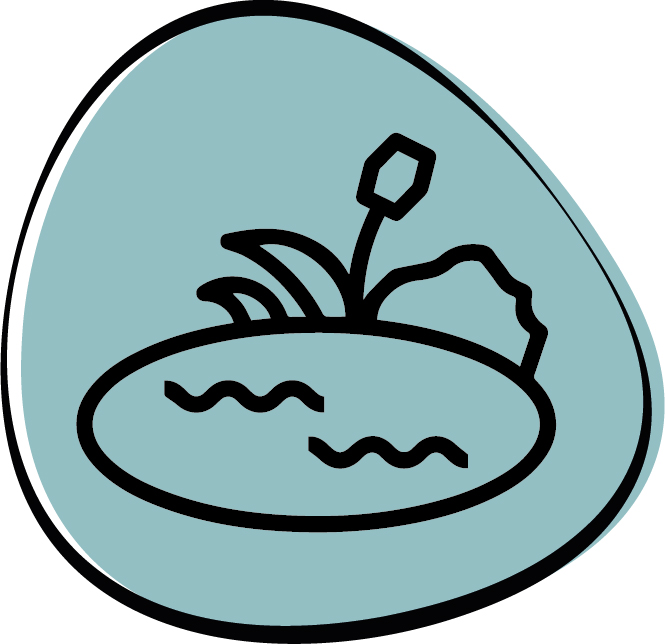
Hoverfly lagoons
Hoverfly lagoons are a quick and easy way to add wildlife habitat to parks or gardens. They can provide a great activity for school and community groups by simply creating a lagoon in a tree stump or from plastic containers and leaf litter. These may be best placed in shaded areas where evaporation is lower. A number of hoverfly larvae live in rotting wood, with wet decaying stumps being favoured. Introducing deadwood habitats surrounding ponds will provide sanctuaries for hoverflies.
In general habitats should be managed to maintain structural and species diversity to provide for both generalist and specialist pollinators throughout their lifecycle.
Further guidance
- The Buzz Club – Hoverfly Lagoons
- Royal Horticultural Society – Gardening for Hoverflies
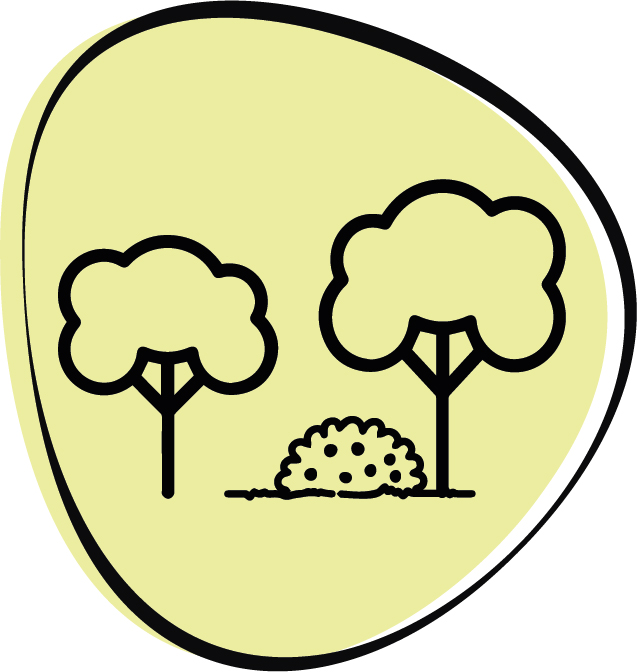
Woodland ground flora
East and south-facing edges which get the sun and warm up first in the morning are useful to the many pollinators that forage early in the day, they tend to also provide better shelter from prevailing winds. Although shady north facing edges can be useful to pollinators during droughts or hot periods. Careful management of ride clearings can create clearings that catch the sun from morning until evening.
When managing woodlands its important to consider tree diseases, in particular in larch (Phytophthora ramorum) and ash (Ash dieback) which have been affecting sites in the UK and beyond. Early detection and removal of infected young trees can slow down the loss of ash trees and woodland. Management of woodland should follow biosecurity measures.
Managing woodland in this way is in line with the Pembrokeshire Coast National Parks Management Plan (2020-2024) which has policies on conserving and enhancing National Park landscapes and seascapes, including semi-natural woodlands.
Further Guidance
- Buglife – Managing Woodland for Pollinators
- Defra – Woodland – Tailored advice on managing land for pollinators
- Bumblebee Conservation Trust – Taddington Valley Wood

Arable margins
Arable margins provide connectivity of a variety of habitats across the UK making them key areas for pollinators. Grass margins which are wildflower rich can attract nectar-feeding pollinators like bumblebees and hoverflies.
Pembrokeshire boasts a high proportion of rare arable plants as a result of the range of substrate, with arable plants being one of the most threatened groups of plants in Wales. Many of these notable arable plant species provide highly valuable sources of nectar and pollen for a number of pollinator species for example, bugloss, common poppy and cornflower.
Cereal field margins can be created which are strips of land lying between cereal crops and the field boundary, deliberately managed to create conditions which benefit pollinators, and other wildlife. This involves creating a 6m wide ‘wildlife strip’ adjacent to a cereal crop, together with a 1m ‘sterile strip’ between the wildlife strip and the crop. The sterile strip aims to prevent the spread of arable weeds and reduce inputs from pesticides.
Providing a range of habitats will attract more insects and pollinators, habitats can include ancient hedgerows, grassy banks, woodlands or other semi-natural habitat. In addition, arable margins can provide opportunities to create beetle banks, conservation headlands, encourage diverse, flower rich vegetation and maintain early successional habitat etc.
Further Guidance
- RSPB – Arable Field Margins
- Buglife – Farming Hub
Species selection
Overarching pollinator principle 2a stresses the importance of choosing native plants. Swapping out less useful ornamental bedding plants for more pollinator friendly native species is an easy way to increase pollinator habitat. An example list of plants recommended by the Bumblebee Conservation Trust and the National Botanic Garden of Wales can be found below along with details on flowering times and species they attract.
Where possible species of local provenance should be planted in order to support the landscape and townscape character. The Bee Friendly Initiative has put together a list of species native to or naturalised in Wales that provide benefit for butterflies, moths, wild bees and other pollinators. Further information on species selection for trees can be found in the Urban Tree Planting Strategy.
Pembrokeshire County Council are looking for stakeholders to have their say in Growing Urban Greenspaces (2022-2023). PCC promotes bulb planting and wildflower areas, including the planting of native bulbs, to maximise benefits for nature e.g. Tenby daffodil, bluebells, snowdrops, fritillary and spring squill.
